Fire Testing of Building Materials
Ensure safety, compliance, and market access with Element's comprehensive fire testing services for building materials. Our global network of accredited laboratories and fire safety experts deliver reliable results that help protect lives and your investments. From fire resistance to reaction-to-fire assessments, our customized solutions, expert guidance, and state-of-the-art equipment help ensure your building materials perform as expected in real-world fire scenarios, meeting regulations and verifying safety.
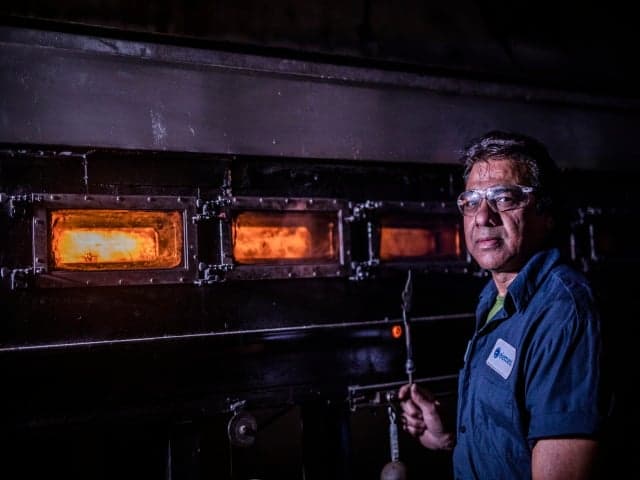
What is Fire Testing of Building Materials at Element?
Fire testing evaluates the reaction and resistance of building materials to fire, ensuring they meet safety standards and regulatory requirements. At Element, we provide comprehensive fire testing to assess flammability, heat release, smoke production, and structural integrity under fire conditions. Our services support building manufacturers, regulators, and engineers in verifying compliance, improving product safety, and facilitating market access across multiple global regions.
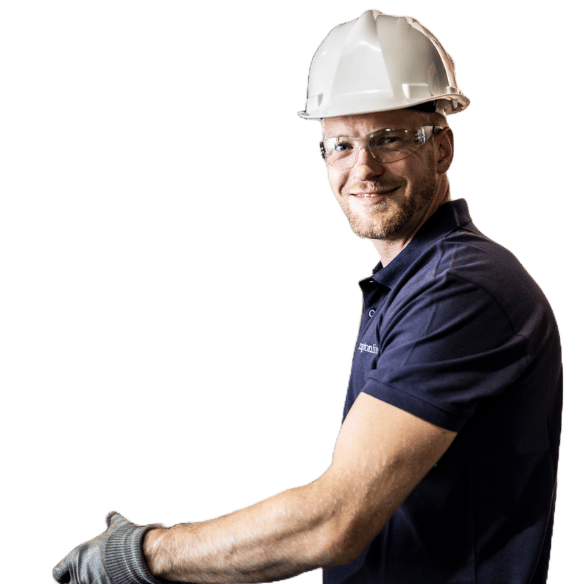
What Can Element Offer You For Fire Testing of Building Materials?
Products we test
Products we test
Element specializes in comprehensive testing of passive fire protection products and building materials to determine their fire resistance and reaction-to-fire properties. Our capabilities extend to evaluating how these products perform during actual fire conditions, giving you confidence in their safety and compliance. We evaluate everything from structural elements to specialized components, providing detailed analysis of their behavior in fire scenarios.
- Fire doors and fire-rated glazing
- Separating elements and fire-stopping products
- Suspended ceilings and steel beams
- Loadbearing and non-loadbearing elements
- Shutter assemblies and ducts & dampers
- Cable systems & associated components
- Smoke extraction & ventilation ducts
- Smoke curtains & components
- Intumescent seals
Key tests offered
Key tests offered
Our extensive fire testing capabilities give you complete confidence in your building materials' performance. We provide both fire resistance testing for passive fire protection products and reaction-to-fire testing to evaluate material behaviors during fire events. Our comprehensive evaluation methods assess every aspect of fire performance from ignition characteristics to smoke development, ensuring thorough understanding of how your products will respond in real-world fire scenarios.
In addition to fire resistance testing, we offer reaction to fire testing to the following procedures:
- Surface flammability using Steiner Tunnel Testing
- Heat release, smoke production and mass loss rate using Cone Calorimetry
- Critical radiant flux using the Flooring Radiant Panel Testing
- Non-combustibility testing
- Smolder resistance testing
- Large scale room reference test for surface products
- Ignitability
- Flame spread, dripping test
- Single Burning Item (SBI)
- Horizontal surface spread of flame of floor-coverings
- Determination of the Gross Heat Of Combustion (Calorific Value)
- Flammability of materials
- Combustion of Plastics (Oxygen Index) Oxygen-Index-Test (LOI)
- Fire Behavior of Building Materials, Elements and Components
- Smoke Development
- Fire Propagation
- Surface Spread of Flame
- Roofing Test with Burning Brands, Wind and Supplementary Radiant Heat
- External Fire Exposure of Roofs and Roof Coverings
- Room Corner Test for Wall and Ceiling Lining Products
- Fire Tests for Evaluating Contribution of Wall and Ceiling Interior Finish
- Thermal Insulating Materials for Building Applications
Methods and solutions offered
Methods and solutions offered
Your unique testing needs are met with our flexible, tailored approach. We develop custom test plans for non-standard materials and complex applications, providing solutions that address your specific challenges. Our testing methodologies comply with stringent international standards while adapting to your particular requirements. For long-term projects, we offer future-proofing strategies to help you navigate evolving regulations, ensuring continued compliance throughout your project lifecycle.
- Tailored test programs for unique products
- On-site testing capabilities with flexible scheduling
- Failure analysis investigations
- Consulting services for complex regulatory requirements
- Future-proofing strategies for long-term projects
- R&D support for product development
- Quality control verification
- Customized solutions for unconventional materials
- Complex application testing
Cutting-edge equipment we use
Cutting-edge equipment we use
Our state-of-the-art laboratories feature advanced equipment that produces precise, reliable results you can trust. Our testing facilities include specialized instruments for measuring all aspects of material fire performance, from ignition characteristics to smoke production. This technology enables us to provide comprehensive data on your products' behavior under various fire conditions, helping you make informed decisions about material selection and product design.
- Steiner Tunnel apparatus
- Cone Calorimeter
- Flooring Radiant Panel
- Single Burning Item (SBI) equipment
- Oxygen Index testing apparatus
- Room Corner Test facilities
- Non-combustibility testing equipment
Which labs offer this service
Which labs offer this service
Our global network of fire testing laboratories across the UK, Belgium, Canada and Hong Kong specialize in building materials fire testing. Find your nearest location on our Locations Page.
Standards we test to and products we test
- AS (Australian Standards)
- BS (British Standards)
- CAN (Canadian Standards)
- DIN (German Standards)
- EN (European Standards)
- ISO (International Standards)
- NFPA (National Fire Protection Association)
- UL (Underwriters Laboratories)
Passive fire protection products
- Fire doors
- Fire-rated glazing
- Separating elements
- Fire stopping products
- Suspended ceilings
- Steel beams
- Loadbearing and non-loadbearing elements
- Shutter assemblies
- Ducts & dampers
- Cable systems & associated components
- Smoke extraction & ventilation ducts
- Smoke curtain & components
- Intumescent seals
Materials for reaction to fire testing
- Surface products for walls and ceilings
- Flooring materials
- Thermal insulating materials
- Plastics (Oxygen Index)
- Roofing materials and roof coverings
- Interior finish materials
- Textiles and films
Your Challenges, Our Solutions
Navigating complex regulations
Verifying material safety
Custom solutions for unique materials
Meeting global requirements
Why Choose Element

Industry-Leading Fire Testing Expertise
Global Accredited Fire Testing Labs
Large-Scale & Specialized Testing Capabilities
End-to-End Support
But don't just take our word for it
See what others have to say about partnering with Element
Frequently asked questions
What types of fire tests do you offer?
We provide fire resistance and reaction-to-fire testing, covering flame spread, heat release, smoke production, and structural integrity assessments.
Can Element help with international certification?
Yes, we support global regulatory compliance and help navigate certification processes for multiple markets.
How long does fire testing take?
Timelines vary based on the test type, but our efficient lab network ensures fast turnaround times to keep your project on track.
Expert guidance we provide
Your journey through complex fire safety regulations becomes more manageable with our dedicated fire industry experts. Their extensive knowledge of current standards and technologies helps you navigate changing requirements with confidence. For delayed or long-term projects, we provide valuable insights to future-proof your fire safety measures, ensuring continued compliance as regulations evolve. This proactive approach helps you meet complex regulatory requirements while providing peace of mind that your fire safety measures will remain effective over time.

Explore our global network of labs and find your nearest location
VIEW ALL LOCATIONSRelated services
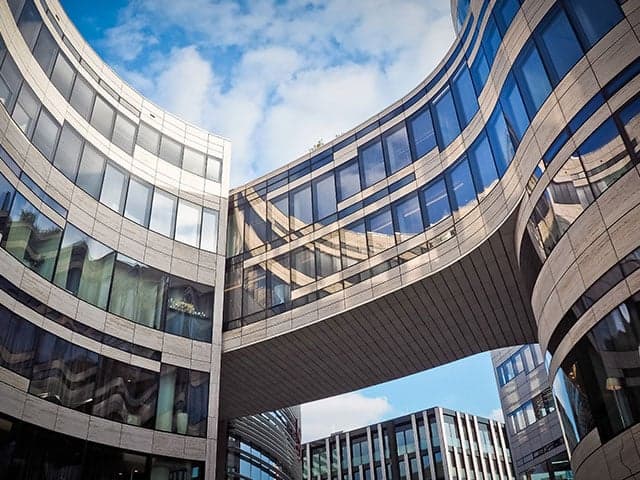
Building Product Testing Services
Element delivers building product testing services to help you achieve regulatory compliance and global market access. Learn More.

Fire Testing of Building Materials
Element offers accredited fire testing for building materials, helping manufacturers meet global safety standards, reduce risk, and gain market approval through expert-led testing and certification.
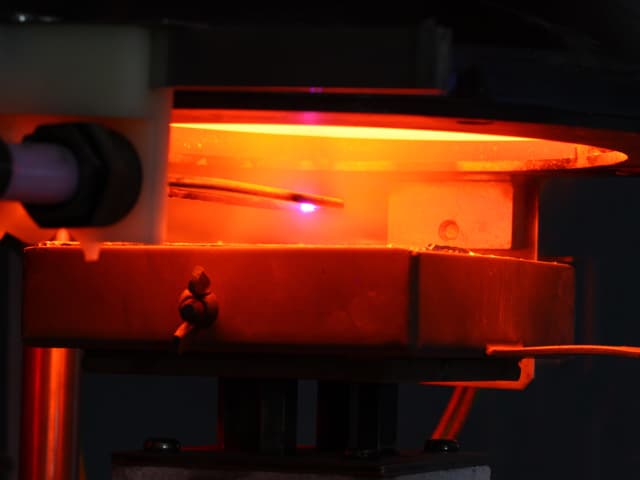
Cone Calorimetry Testing
Cone calorimetry testing for fire safety, heat release, smoke production, and compliance. Accurately assess material performance and fire risk for regulatory, development, and quality control purposes.
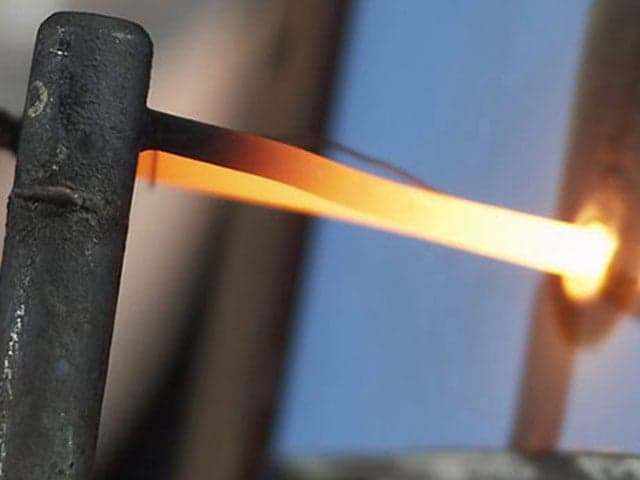
Reaction to Fire Testing
Get precise reaction to fire testing for compliance and safety. Our accredited labs deliver fire performance data to help you meet regulations and enhance product safety.
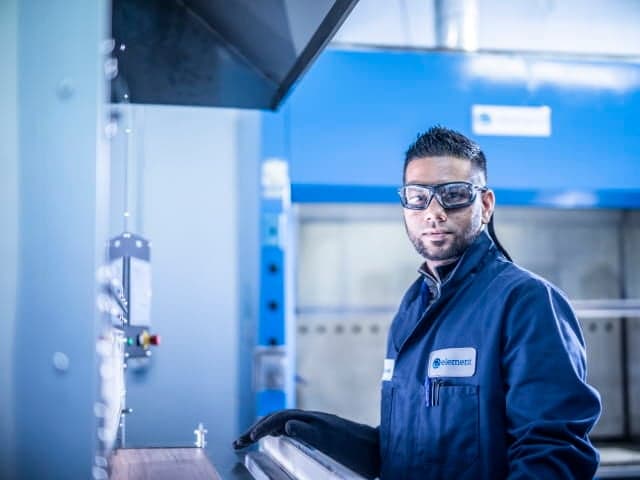
Fire Resistance Testing
Get accredited fire resistance testing for your passive fire protection products. Meet global standards, reduce compliance risks, and streamline certification.
Speak to our team of experts
Expert guidance we provide
Your journey through complex fire safety regulations becomes more manageable with our dedicated fire industry experts. Their extensive knowledge of current standards and technologies helps you navigate changing requirements with confidence. For delayed or long-term projects, we provide valuable insights to future-proof your fire safety measures, ensuring continued compliance as regulations evolve. This proactive approach helps you meet complex regulatory requirements while providing peace of mind that your fire safety measures will remain effective over time.

